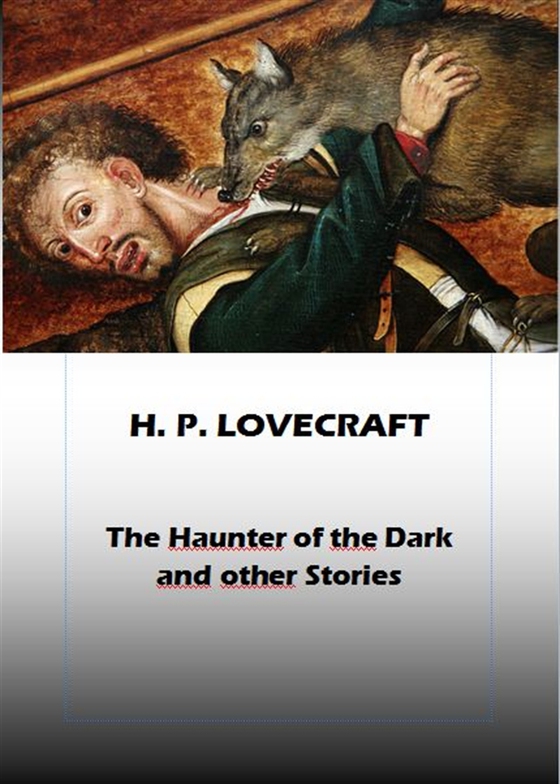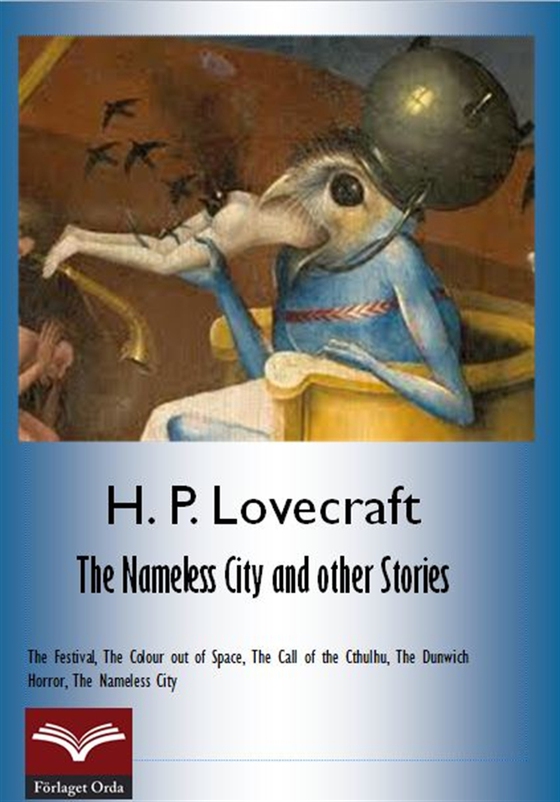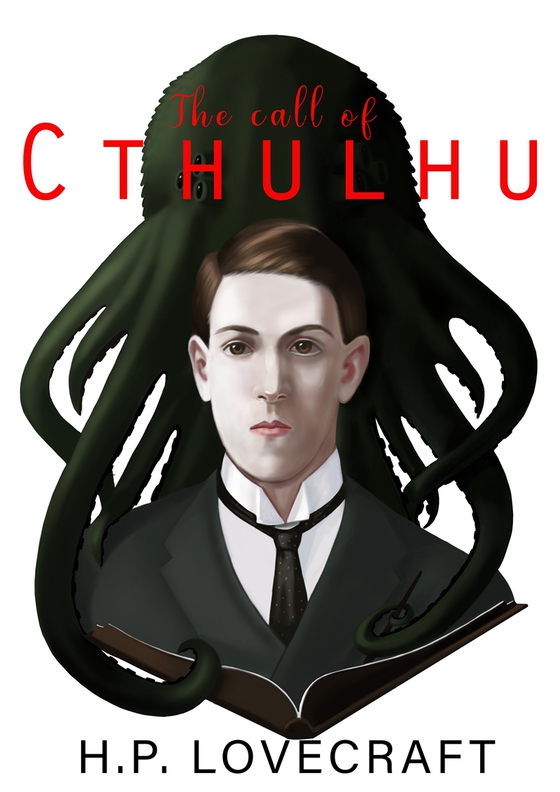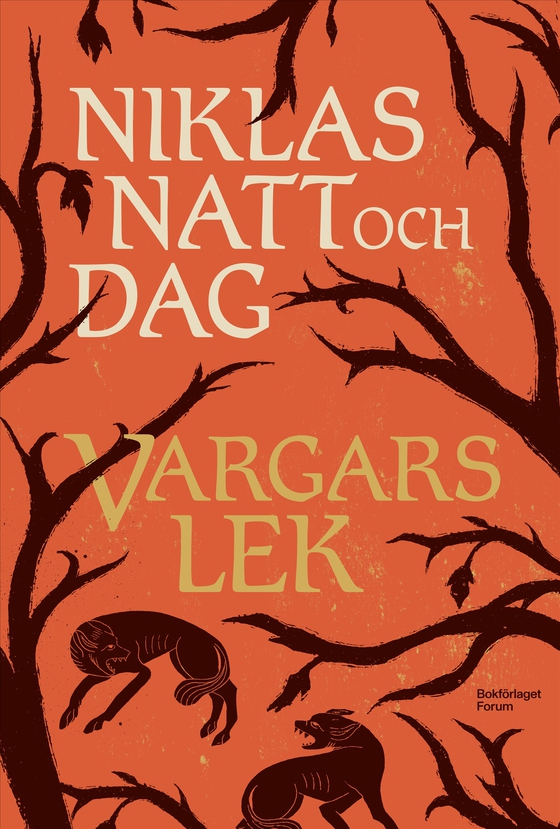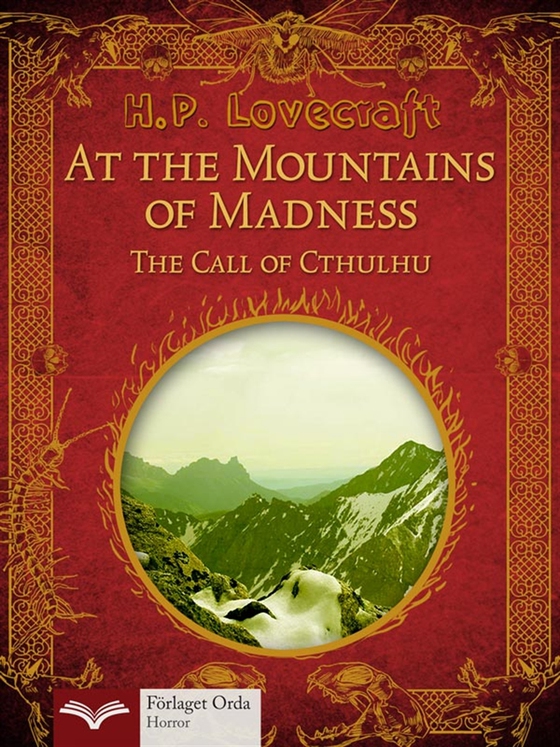
Gratis smakprov
- Spara till biblioteket
- Läs smakprov
The Call of Cthulhu e-bok
39 kr
The story is presented as a manuscript "found among the papers of the late Francis Wayland Thurston, of Boston". In the text, Thurston recounts his discovery of notes left behind by his granduncle, George Gammell Angell, a prominent Professor of Semitic languages at Brown University in Providence, Rhode Island, who died suddenly in "the winter of 1926–27" after being "jostled by a nautical-look...
E-bok
39 kr
Ljudbok
135 kr
Förlag
Förlaget Orda
Utgiven
8 December 2012
Genrer
Science Fiction, Romaner, Science Fiction & Fantasy, Skönlitteratur
Språk
English
Format
epub
Kopieringsskydd
Vattenmärkt
ISBN
9789174970364
The story is presented as a manuscript "found among the papers of the late Francis Wayland Thurston, of Boston". In the text, Thurston recounts his discovery of notes left behind by his granduncle, George Gammell Angell, a prominent Professor of Semitic languages at Brown University in Providence, Rhode Island, who died suddenly in "the winter of 1926–27" after being "jostled by a nautical-looking negro".
The first chapter, The Horror in Clay, concerns a small bas-relief sculpture found among the papers, which the narrator describes: "My somewhat extravagant imagination yielded simultaneous pictures of an octopus, a dragon, and a human caricature.... A pulpy, tentacled head surmounted a grotesque and scaly body with rudimentary wings." The sculpture is the work of Henry Anthony Wilcox, a student at the Rhode Island School of Design who based the work on his delirious dreams of "great Cyclopean cities of titan blocks and sky-flung monoliths, all dripping with green ooze and sinister with latent horror." Wilcox frequently references the terms Cthulhu and R'lyeh, and Angell also discovers reports of "outre mental illnesses and outbreaks of group folly or mania" around the world (in New York City, "hysterical Levantines" mob police; in California, a Theosophist colony dons white robes to await a "glorious fulfillment").
The second chapter, The Tale of Inspector Legrasse, discusses the first time the Professor had heard the word "Cthulhu" and seen a similar image. At the 1908 meeting of the American Archaeological Society in St. Louis, Missouri, aNew Orleans police official named John Raymond Legrasse asked the assembled antiquarians to identify a statuette composed of an unidentifiable greenish-black stone, that "had been captured some months before in the wooded swamps south of New Orleans during a raid on a supposed voodoo meeting." The idol resembles the Wilcox sculpture, and represented a "...thing, which seemed instinct with a fearsome and unnatural malignancy, was of a somewhat bloated corpulence, and squatted evilly on a rectangular block or pedestal covered with undecipherable characters".
On November 1, 1907, Legrasse had led a party of policemen in search of several women and children who disappeared from a squatter community. The police found the victims' "oddly marred" bodies being used in a ritual that centered around the statuette: almost 100 men — all of a "very low, mixed-blooded, and mentally aberrant type" — were "braying, bellowing, and writhing" and repeatedly chanting the phrase, "Ph'nglui mglw'nafh Cthulhu R'lyeh wgah'nagl fhtagn". After killing five of the participants and arresting 47 others, Legrasse interrogated the prisoners and learned "the central idea of their loathsome faith": "They worshipped, so they said, the Great Old Ones who lived ages before there were any men...and...formed a cult which had never died...hidden in distant wastes and dark places all over the world until the time when the great priest Cthulhu, from his dark house in the mighty city of R'lyeh under the waters, should rise and bring the earth again beneath his sway. Some day he would call, when the stars were ready, and the secret cult would always be waiting to liberate him.[9]
The prisoners identified the statuette as "great Cthulhu", and translated the chanted phrase as "In his house at R'lyeh dead Cthulhu waits dreaming." One particularly talkative cultist, known as "old Castro", named the centre of the cult as Irem, the City of Pillars, in Arabia, and referenced a relevant passage in the text the Necronomicon: "That is not dead which can eternal lie, And with strange aeons even death may die".
One of the academics present at the meeting, William Channing Webb, a professor of anthropology at Princeton, states that on an 1860 expedition "high up on the West Greenland coast" he had encountered "a singular tribe or cult of degenerate Esquimaux whose rel
Inga recensioner än


